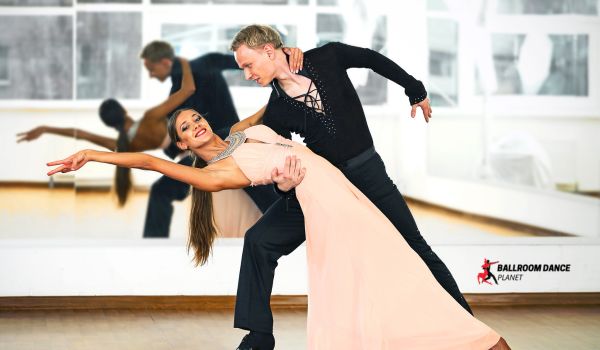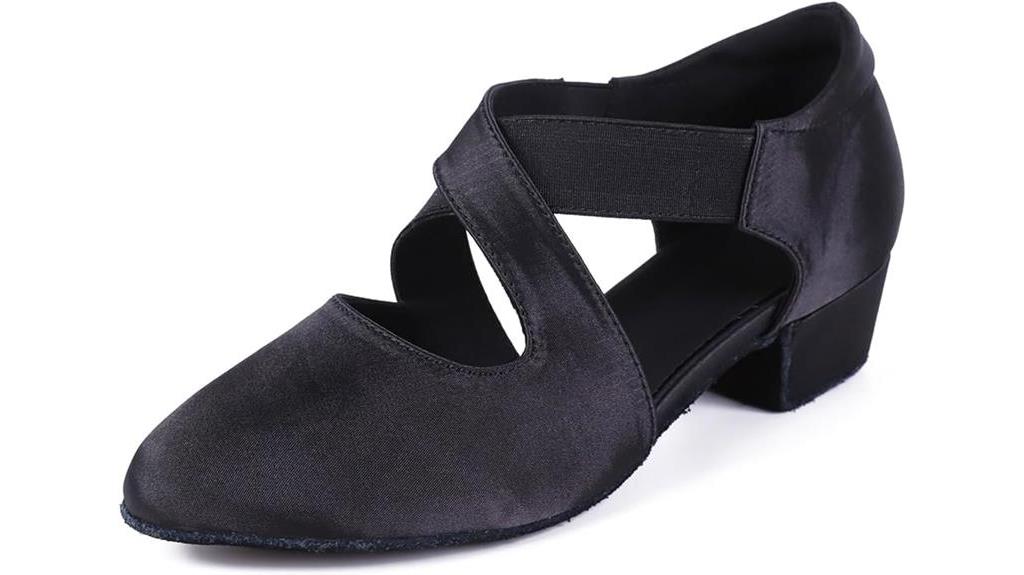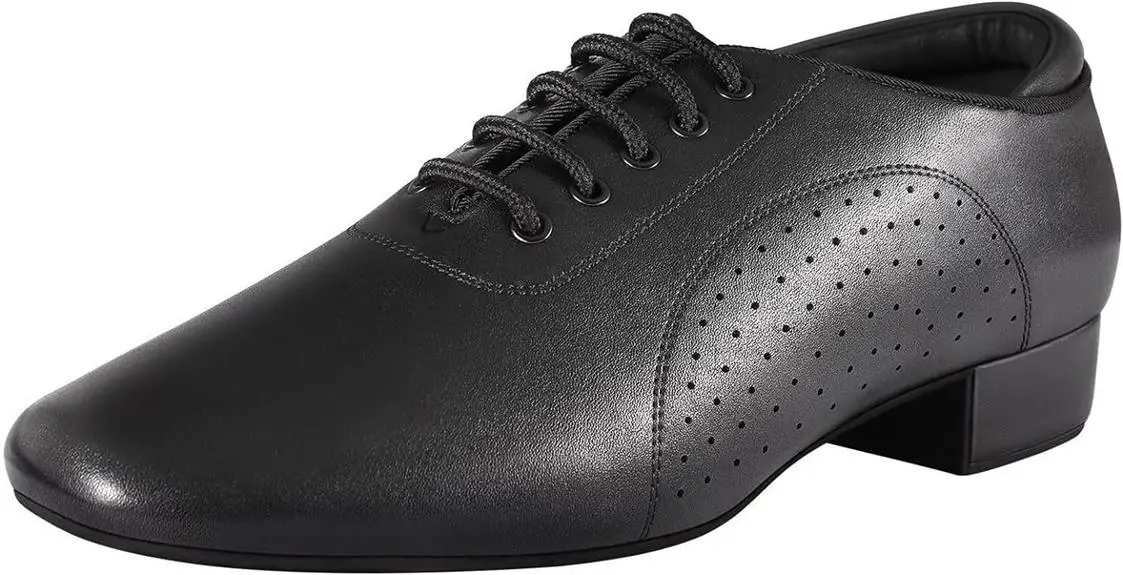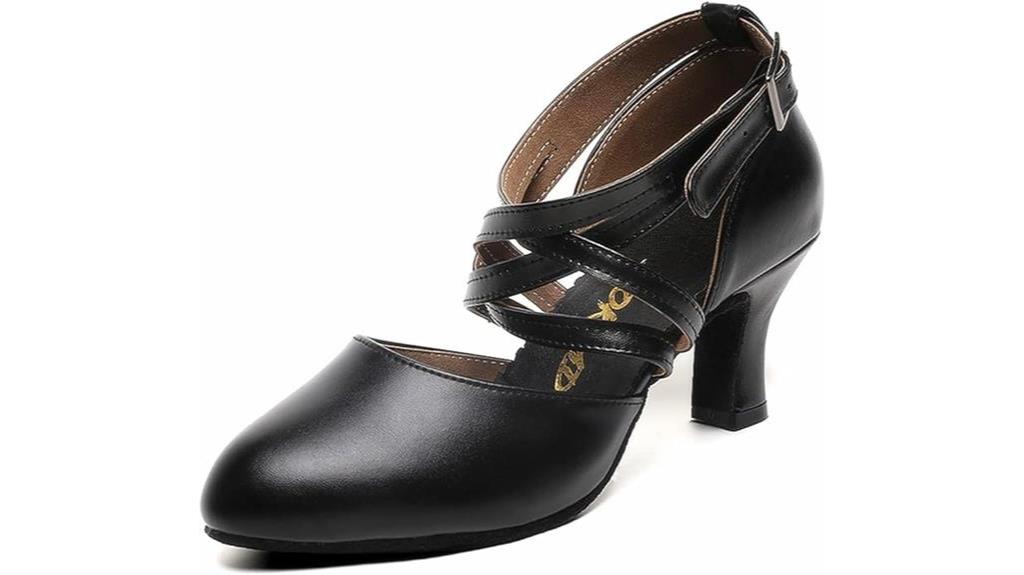Dancesport, also known as competitive ballroom dancing, is a style of partner dancing performed and judged in various competitions worldwide.
It combines elements of traditional ballroom dance styles, such as Waltz, Tango, Foxtrot, Viennese Waltz, and Quickstep, with Latin American dance styles like Cha-Cha, Samba, Rumba, Paso Doble, and Jive.
In Dancesport, couples perform choreographed routines in specific dance styles, showcasing their technical skill, artistry, musicality, and stage presence.
These routines typically consist of a combination of standard dances (ballroom) and Latin dances, performed to a wide range of music genres, including classical, jazz, pop, and Latin rhythms.
Competitions are organized into different levels and age categories, allowing dancers of all skill levels and ages to participate.
Competitors are evaluated by a panel of judges who assess their technique, posture, footwork, timing, partnering skills, and overall performance.
Points or rankings are awarded to each couple based on their performance, and winners are determined based on these scores.
Dancesport competitions range from local and regional events to national and international championships.
The most prestigious international competition is the Blackpool Dance Festival, held annually in Blackpool, England.
The World DanceSport Federation (WDSF) is the governing body for Dancesport and regulates the rules and standards for competitions worldwide.
Dancesport requires rigorous training and dedication from dancers as they strive to perfect their technique, maintain physical fitness, and develop a strong connection with their partner.
It is not only a sport but also an art form that combines athleticism, creativity, and self-expression.
Overall, Dancesport competitive ballroom dancing is a captivating and challenging discipline that showcases the beauty and elegance of partner dance while providing an exciting platform for dancers to compete and excel in their craft.
How Ballroom Dancesport Works: Quick Overview
If you are part of the audience, you can call out your favorite couple using their designated number and cheer for them.
It will motivate the couple and might even get them recognized by the judges.
All the dancers on the floor are divided depending on their proficiency (dancing skill level), dance styles, and age to create a level playing field.
As their proficiency and dancing skills improve, any couple will be moved up to the next level and compete against dancers at that level.
Different Professional DanceSport Organizations certify judges who oversee the entire competition.
The judges are former competitors or current instructors.
The adjudication process can both subjective and objective.
That’s why several judges will oversee the competition to guarantee fairness.
Some of the things judges look for in competitors include the following:
- Correct Musical Timing
- Posture
- Expression
- Musicality
- Pleasing Lines
- Appropriate Characterization
- Overall performance
Besides these characteristics, the judges will also look for elements that relate to the couple’s dancing partnership which include the following:
- How does the couple hold each other? Does it appear pleasant and relaxed? Is it symmetrical?
- Does the couple appear grounded? Are they using their bodies, legs, and feet to provide a powerful and controlled movement on the dance floor?
- How connected does the couple appear? Does each partner meet their follow or correctly lead role without negatively affecting the other? Does the couple appear synchronized effortlessly?
- How well does the couple navigate through the floor with the other couples present? Does the couple do so effortlessly without bumping or interfering with anyone else on the floor?
The judges will represent their philosophy or views about the dance.
Since some judges represent some factors mentioned above over others, there is complete fairness.
The couples on the floor also have a massive challenge of getting the judge’s attention since there are so many couples on the floor, and the judges might pay very little attention to each couple before moving on.
That’s where audience participation comes in handy.
The judges will be asked to call back a few dancers in the first rounds to move on to the next round.
Couples with the most marks and who the judges think are the best will move on to the next round.
At least 6 or 7 couples will reach the final round.
Here, the skating method will be used to determine the final results.
The couple with the highest marks overall will be the competition winner.
In the event of a tie, there are rules to determine who will get the highest score.
Here, a Scrutineer (an official) will be used to tabulate the results from all the judge’s marks throughout the entire event and then do the necessary calculations to determine the right placement for the couples.
It is complex and happens rarely, but when it does, the tiebreaker rules apply to determine the winner.
Let’s Take a Peek at What Happens Behind the Scenes at a Ballroom Dance Competition
Summer Team Match 2016 from Dance With Me on Vimeo.
About Pro-Am Category In DanceSport
Besides the skills mentioned above, there is a Pro-Am category where amateur students take a professional dancer as a partner.
In this category, the professional will be judged, and he/she can dance with all the students available and compete with other dancers of similar skill.
All the dance styles are available in this category, so you can choose anything you want to do.
Depending on the competition you have enrolled in, there should be different age division breakdowns, and people are allowed to compete in a different age category.
Note that the competitions will be divided into a syllabus; thus, the competitors will be restricted to the most appropriate dance steps for their experience level.
If you have an instructor, he/she should teach you the choreography for the competition beforehand to prepare you adequately for the competition.
A competitor can choose any dance style they prefer, and he/she will not be limited to just one.
They include international Latin dance styles, international standard dance styles, the American Rhythm, and American Smooth dance styles.
Each of these styles has its subcategories which competitors are free to choose.
Another thing to worry about before participating in the event would be the overall cost.
For instance, you need to pay the dance instructor, buy a ticket to the event, and pay the entry fees.
A few discounts are available so you can find out the best way to make it cheaper with the packages available.
Take a Peek at What Happens Behind the Scenes at a Ballroom Dance Competition.







Leave a Reply